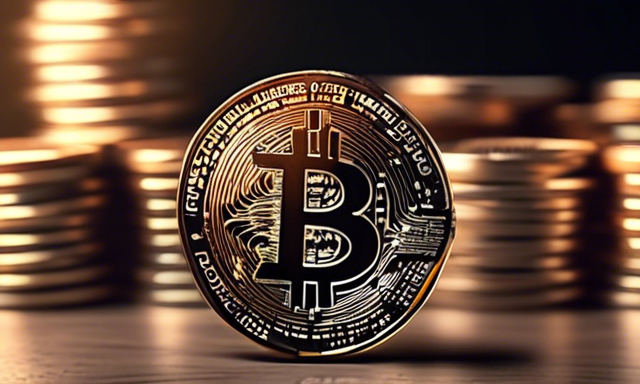The U.S. Falls Behind in Stablecoin Regulation Despite Global Progress 💼
Circle’s Vice President, Yam Ki Chan, expressed apprehension regarding the U.S.’s failure to establish adequate regulation for stablecoins at the federal level, despite advancements in global jurisdictions. Major countries worldwide have set a standard for well-regulated stablecoins, but the U.S. lacks a comprehensive national framework, causing concerns among industry players.
Challenges in the U.S. Regulatory Landscape 🌎
While other regions like the EU and Hong Kong have initiated regulatory frameworks for stablecoins, the U.S. continues to rely on individual state regulations to govern stablecoin issuers. This decentralized approach results in a fragmented regulatory environment that increases compliance costs, impedes innovation, and complicates scaling operations across the country.
- Many states regulate stablecoin issuers under existing money transmission laws.
- These laws also apply to popular payment services like Apple Pay, Google Pay, and PayPal.
- Issuers must obtain licenses in individual states, leading to a fragmented regulatory landscape.
Efforts to Enhance U.S. Stablecoin Regulation 🛠️
To address the regulatory gaps, the U.S. House Financial Services Committee passed the “Clarity for Payment Stablecoins Act of 2023” in July 2023. This bipartisan bill aims to create a comprehensive regulatory framework for stablecoins, focusing on consumer protection, financial stability, and the roles of federal and state regulators.
- The bill awaits further legislative processes, including approval by the House and Senate, to become law.
- However, the political process in the U.S. may involve negotiations and compromises to garner sufficient support for the bill’s passage.
Paving the Way for Clearer Regulatory Standards 🌐
Despite the challenges in the U.S. regulatory landscape, there is optimism for progress. Senator Chuck Schumer’s commitment to passing crypto legislation by the end of the year signifies a positive shift in the political discourse surrounding cryptocurrencies. Private companies collaborating with regulators demonstrate a collaborative effort to establish clearer legal frameworks for the industry.
Adapting to Legal and Regulatory Challenges 🚦
While innovation is crucial, it is equally important for industry players to work within existing regulatory boundaries. Balancing innovation with regulatory compliance is a complex task that requires ongoing dialogue between market participants and regulators to ensure a harmonious and effective regulatory environment.
Hot Take 🔥
As the global regulatory landscape evolves, the U.S. must prioritize the establishment of a comprehensive regulatory framework for stablecoins to remain competitive and facilitate innovation in the digital asset space.





 By
By


 By
By
 By
By
 By
By